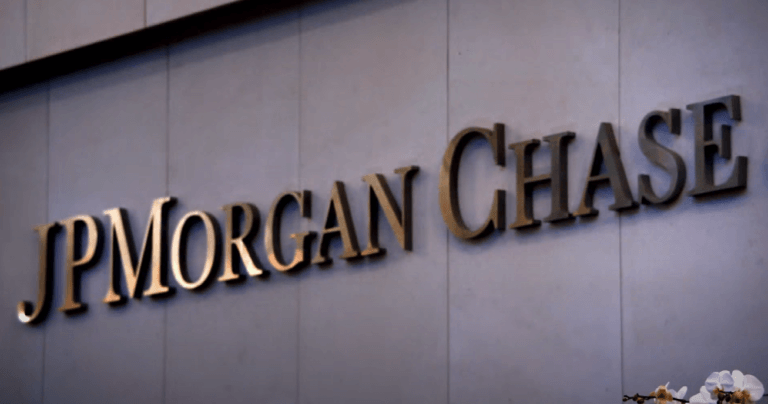JPMorgan analysts have shifted their stance on digital assets, adopting a bullish outlook for 2025. Led by managing director Nikolaos Panigirtzoglou, the analysts outlined key factors driving their optimism in the firm’s “Alternative Investments Outlook and Strategy” report (published on October 11), according to an article by Yogita Khatri for The Block published on October 15.
The analysts pointed to the emergence of the “debasement trade,” where investors turn to alternatives like gold and Bitcoin as hedges against economic instability.
The debasement trade refers to a range of concerns that have prompted demand for both gold and Bitcoin. As described by JPMorgan’s Nikolaos Panigirtzoglou, these include heightened global political uncertainty, persistent inflation fears, and the risks posed by growing government debt levels. A loss of confidence in fiat currencies, particularly in some emerging markets, has also contributed to the increased demand for these assets. While such concerns aren’t new, the current price levels of gold, nearing $2,700 per ounce, and Bitcoin, around $67,000, have given the debasement narrative fresh relevance.
This trend could be further fueled by the 2024 U.S. presidential election. A potential Trump victory could strengthen this trade due to his policies, including tariffs and expansionary fiscal actions. The report noted, however, that markets currently assign a low probability to a Trump win, except in the cases of Bitcoin and gold.
As MarketWatch reported on October 3, according to an earlier research note by JPMorgan, in the third quarter of 2024, the share of the U.S. dollar in global currency reserves fell to 57%, according to data from the International Monetary Fund (IMF). Interestingly, this drop occurred even though China’s central bank paused its gold purchases earlier this year. The ongoing reduction in dollar reserves has sparked concerns about the future of fiat currencies, giving further support to gold and Bitcoin as alternative stores of value. JPMorgan’s analysis of Commodity Futures Trading Commission (CFTC) data indicates growing speculative demand for gold and Bitcoin futures, with little institutional interest in Ethereum. Hedge funds appear to view gold and Bitcoin as similar assets benefiting from the debasement trade. Retail investors seem to be following this trend, as Bitcoin ETFs saw inflows in September after a decline in August.
JPMorgan’s October 11th report also mentioned that additional reasons for the bullish outlook include announcements from traditional wealth advisors like Morgan Stanley, who are now recommending spot Bitcoin ETFs to clients. They added that liquidations from the Mt. Gox and Genesis bankruptcies, as well as the German government’s Bitcoin sale, are mostly complete, relieving pressure on the market. They also expect cash payouts from the FTX bankruptcy by late 2024 or early 2025, which could see reinvestment into cryptocurrencies.
The JPMorgan report also talked about stablecoins, saying that they have shown resilience, with their market cap approaching previous highs of around $180 billion. Still, stablecoin regulation remains uncertain, likely not arriving until 2025. The report emphasizes that while U.S.-compliant stablecoins could benefit from new regulations, non-compliant stablecoins, like Tether (USDT), might face challenges.
Finally, the analysts highlighted Bitcoin’s current price of around $67,000, which is well above JPMorgan’s estimated production cost of $47,000. They also noted Bitcoin’s volatility-adjusted comparison to gold, with an implied price of $63,000, just below its current level.









